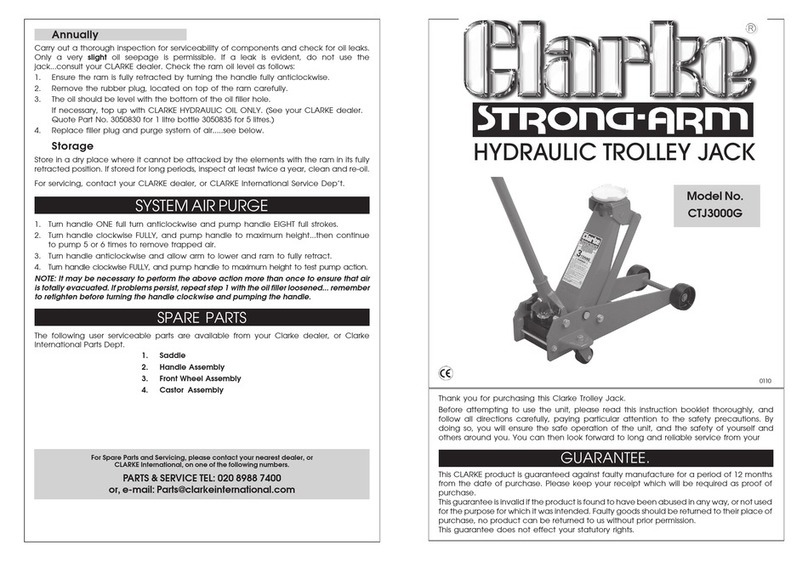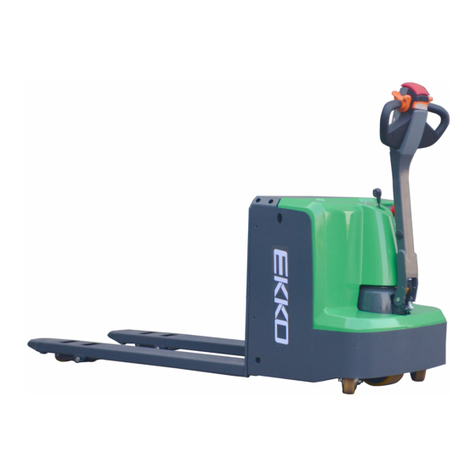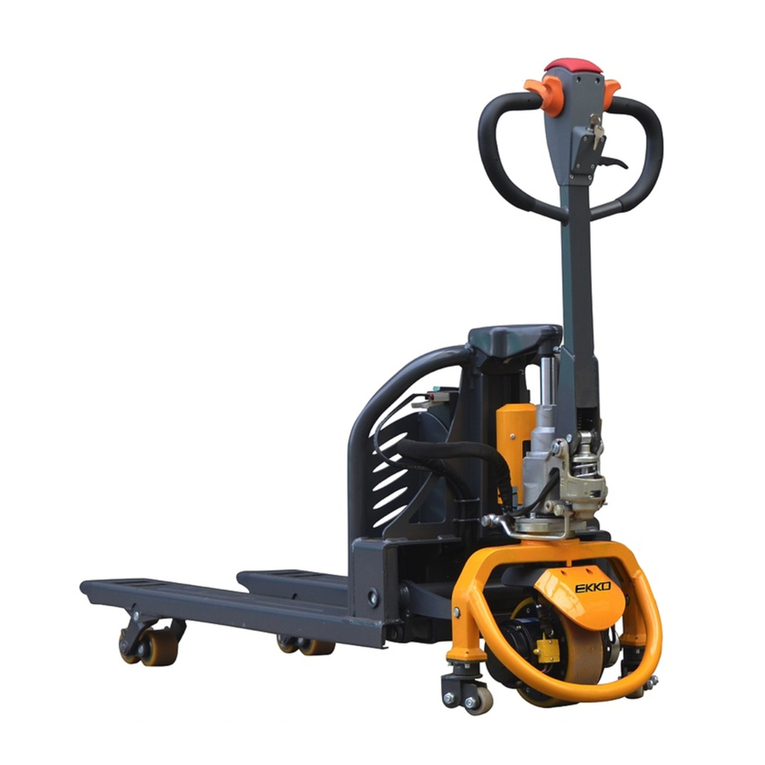3
Table of Content
1. The General Introduction.......................................................................................... 5
2. Proper usage ............................................................................................................. 6
3. Introduction of the product ...................................................................................... 7
3.1 Model overview.........................................................................................................................7
3.2 Model parameters....................................................................................................................7
4. Control Mechanism diagram.................................................................................. 10
5. Operating principle ................................................................................................. 11
5.1 Running system......................................................................................................................11
5.2 Steering system......................................................................................................................11
5.3 Brake structure and brake schematic diagram................................................................11
5.4 Operating System..................................................................................................................13
5.5 Electric System.......................................................................................................................13
5.6 Hydraulic principle..................................................................................................................13
6. Electrical schematic diagram................................................................................. 14
7. Hydraulic schematic diagram ................................................................................ 16
8. Operating Instruction.............................................................................................. 17
8.1 Operation.................................................................................................................................17
8.2 Emergency reverse function................................................................................................19
8.3 The use of the horn and the reversing horn.....................................................................19
8.4 Battery capacity display........................................................................................................19
8.5 Handling and stacking operations......................................................................................19
9. Safety operating and matters needing attention ................................................ 21
9.1 Repair and maintenance......................................................................................................21
9.2 Routine Maintenance............................................................................................................22
9.3 Professional Maintenance Manual.....................................................................................23
9.4 Battery maintenance, charging and maintenance..........................................................23






























